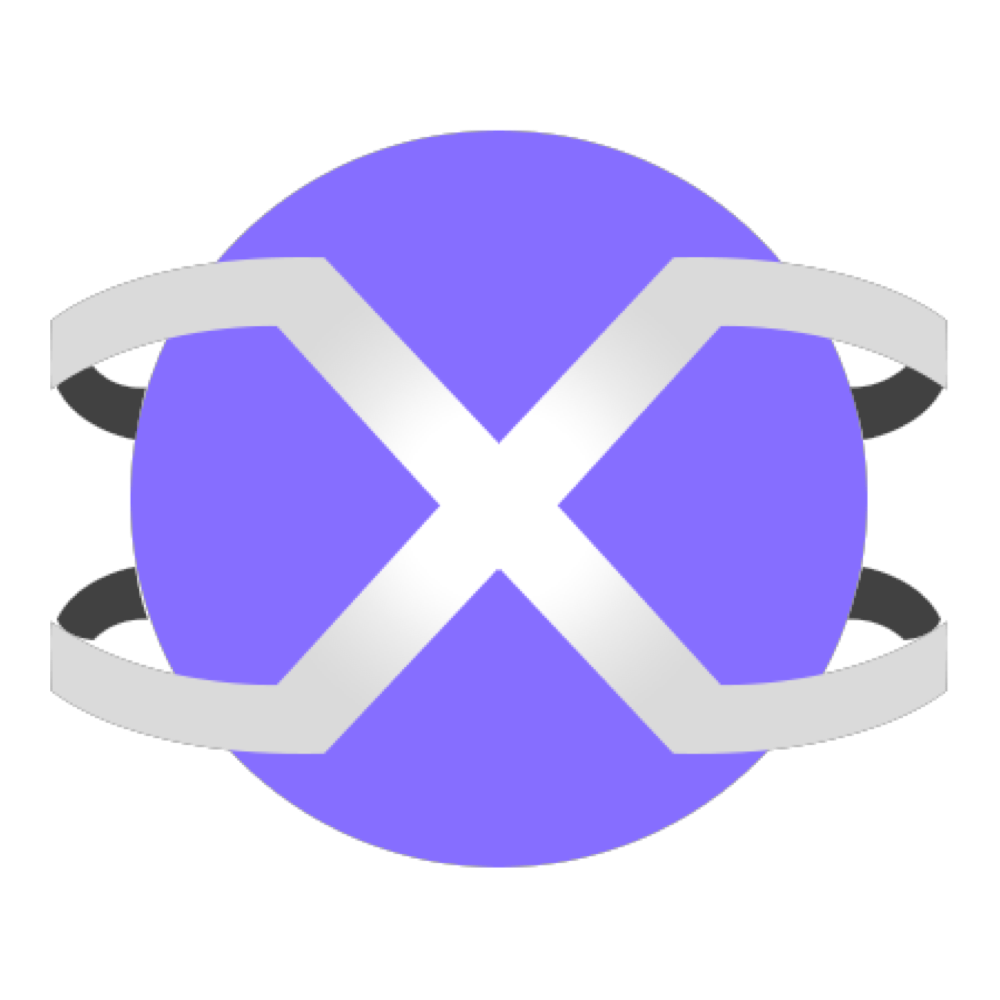Process Instructions Document
Daily stand up & Productive time sheets
Daily stand up needs to be submitted on the Slack following the specific format set for the standup.
The stand up should cover the list of tickets you worked on yesterday, the tickets you plan on working today and the hurdles or dependencies if you have any for completing your planned work for the day.
The tickets assigned to you on Jira/ TFS are marked with the priority as 1 through 4 or from highest to low. The tickets need to be picked up based on their priority. If you have multiple high priority/critical items on your name, you should discuss the list with your leader or the person guiding you through your work to decide the sequence of your tickets before starting the work.
Daily timesheets submission is mandatory using Jira/TFS logging for every ticket you work on throughout your day. Your timesheets should reflect at least 8 productive work hours.
Approach discussion mandatory
The process to be followed during development:
Approach Design & Discuss
- Design the development approach to be followed for the development task in hand.
- Explain, discuss and brainstorm the approach with the technical leader or Jayesh
- Make sure every scenario around the task is covered and addressed while designing the approach
- Document the development approach including class diagram, flowchart, future work scope, API documentation, etc wherever applicable.
- Start implementation only after approach finalization.
Development
- Follow Object Oriented principles
- Conduct a thorough impact analysis before coding changes
- Proper, standard & meaningful class, method and variable names needed
- Complete unit testing from developer is mandatory before any ticket is delivered for QA
- The number of bugs encountered by a QA in your development work decide the quality of your work, impacting your performance, bonus and appraisals.
- Code comments required
- Follow the set branching process for creating new feature/fix branches, naming the branches, creating PRs after code completion, and for merging, updating and deleting the branches after merge.
- The list of branches needs to be maintained and updated at a central location by every developer for every repository.
Communication
Communication is of the utmost importance when working in a team. Communication does not only include the discussions with the teammates, but also involves the following aspects:
- Following Jira/TFS processes is mandatory
- Regular updates, comments on the tickets to convey progress
- Daily timesheet submission
- Constant communication with the team, including developers, QAs, leaders, etc
- Client communication whenever necessary
- Active responses, acknowledgements to messages, emails, or any communication channels that the team is following
- Proactive communication of any foreseen challenges, hurdles or even simple progress updates without the others having to follow up with you.
Performance Criteria
Performance measurements, bonus calculations and appraisals depend on the following aspects of your work.
- Communication – following communication guidelines described above
- The number of bugs encountered by a QA after development complete delivery of your task
- The timely, bug free delivery of your tasks
- Process following
- Taking accountability for your work



0 Comments